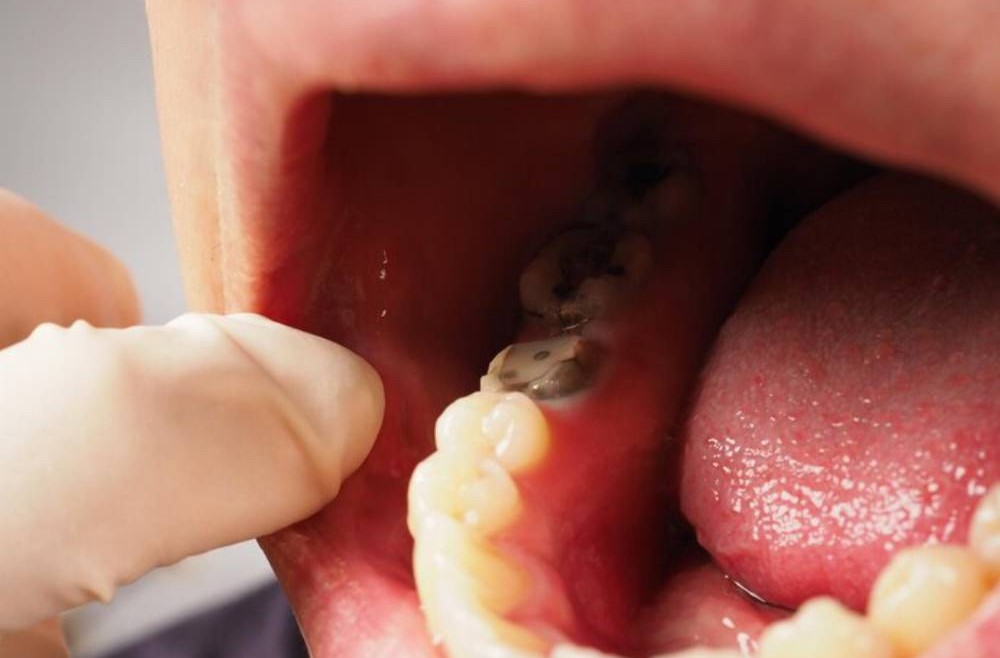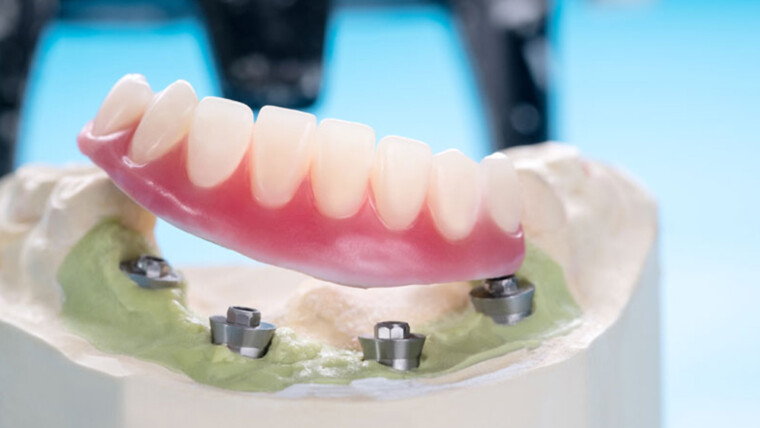Maintaining good oral hygiene is essential for overall health, but even with regular brushing and flossing, dental issues like cavities can still occur. Cavities, also known as dental caries or tooth decay, develop when bacteria in the mouth produce acids that erode tooth enamel over time. Recognizing the signs of a cavity early on can help prevent further damage and the need for more extensive dental treatment.
- Tooth Sensitivity: One of the earliest signs of a cavity is increased sensitivity in the affected tooth or teeth. You may experience sensitivity to hot or cold foods and beverages, as well as sugary or acidic foods. Sensitivity can range from mild discomfort to sharp, shooting pain when exposed to certain stimuli.
- Toothache or Pain: As a cavity progresses and reaches the inner layers of the tooth, you may experience persistent toothaches or localized pain in the affected area. The pain may worsen when biting down or applying pressure to the tooth. It’s essential not to ignore persistent tooth pain, as it may indicate an underlying dental issue that requires attention.
- Visible Holes or Pits: In later stages of cavity development, you may notice visible signs of decay on the surface of the affected tooth. This can manifest as small holes, pits, or dark spots on the enamel. These visual cues are a clear indication that dental decay is present and should prompt a visit to the dentist for evaluation and treatment.
- Tooth Discoloration: Cavities can cause changes in the color of the affected tooth, ranging from white or chalky spots to brown or black discoloration. These changes may be subtle at first but can become more pronounced as the cavity progresses. Discoloration may indicate the presence of decay beneath the surface of the enamel and should be addressed promptly by a dental professional.
- Bad Breath or Unpleasant Taste: The presence of dental decay can contribute to persistent bad breath or an unpleasant taste in the mouth. This is often due to the accumulation of bacteria and food debris within the cavity, leading to foul-smelling breath or a metallic taste. Proper oral hygiene practices can help mitigate these symptoms, but addressing the underlying cavity is necessary for long-term relief.
- Gum Sensitivity or Recession: Advanced cavities can affect not only the tooth itself but also the surrounding gum tissue. You may experience gum sensitivity, inflammation, or recession near the site of the cavity. In severe cases, the decay may extend below the gum line, leading to further complications such as gum disease or abscesses.




